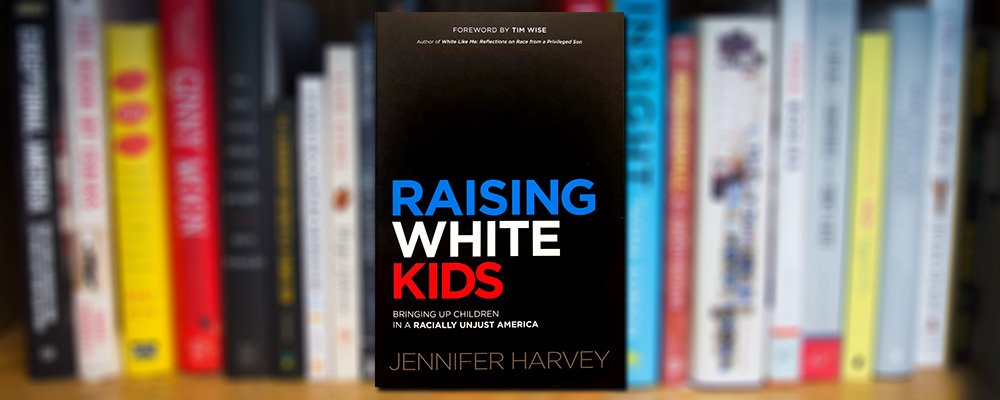
In the aftermath of George Floyd’s murder in May of this year, I, along with every other educator, was swept up in the rush of equipping families with resources to talk with their children about the horrific racial injustices that are ever present in our country.
- What could we offer families that would make this conversation easier?
- What does a denomination that’s over 90% white have to say about how to teach children about race?
- What was different about this situation, about this round of protests and outrage and calls for reform?
- Would this be another case of watching protests take over most major cities and some smaller towns for a few days only to disperse when no change comes?
- Perhaps the biggest question was: does my responsibility to equip my families change if this cell phone video capturing yet another murder doesn’t change things?
Of course, the answer was no; my responsibility didn’t change. This time, a book list of picture books, middle grade novels, YA books, and a children’s sermon about what God dreams of for all of God’s children didn’t feel like enough. Families needed more, and I knew that I needed to do more. Thus, the Zoom book study on Dr. Jennifer Harvey’s Raising White Kids was formed.
The rush to form book study after book study was evident in Facebook groups, church websites, and even friend groups, but I discovered when I moved to Charlotte that people are deeply connected to their “home base,” their church community. The church is oftentimes their social group, parent gathering, and a huge piece of their identity. Even knowing this, I was surprised when over 30 people signed up to participate in the study, including a few folks from outside of Charlotte who had grown up at Sardis Presbyterian. We decided to meet weekly for two months, working through a chapter per week of Raising White Kids.
Dr.Harvey’s book is not for the faint of heart—it’s academic, pulls no punches, and challenges white parents to do work from the very beginning of their child’s life that might seem unnatural and awkward if you’re just beginning to do anti-racism work. The book and our community-building questions forced this particular group of younger parents, educators, and grandparents into telling the stories from our past that we could now see shaped our understandings of race, racial dynamics, and how we teach children about race; stories that we weren’t always proud to tell.
In our weekly gatherings, participants shared examples of how they began to implement some of Dr. Harvey’s strategies into their daily lives, stopping to ask their children, “Why did you color all of the people in your picture the same color?” or digging deeper into seemingly simple questions a child asks on the way to camp about the large Confederate flag flying on the side of the interstate. I found myself holding back a grin in Sunday School a few weeks ago when a child whose parents participated in the study adamantly informed me that we should pray “for racism and the people who aren’t treated like God wants them to be” while holding his pet gecko in hand.
The work we began as a group in May was just that—a beginning. Anti-racism work is not finished at the end of one book study; rather, it’s the beginning of a lifetime of continual work. At Sardis, that continual work now looks like the formation of an Anti-Racism Task Force, a second book study led by a pastor, and more dreaming and visioning for how our church might continue to meet this moment of history well. It is not easy, nor should it be, but it is good and holy work.


Thanks for this blog. This book is a tremendous resource. Glad it is getting some publicity here.
I’d like to read the book because I want my children to grow up in a better world. But I don’t think we have a quite as many “horrific” racial issues as it suggests. It is a problem but I don’t think it is systemic. Most of us are good folks who treat all people the same.
Also, let’s be careful about using the word “murder.” Most of the cases in the headlines over the past few years have acquitted police officers.